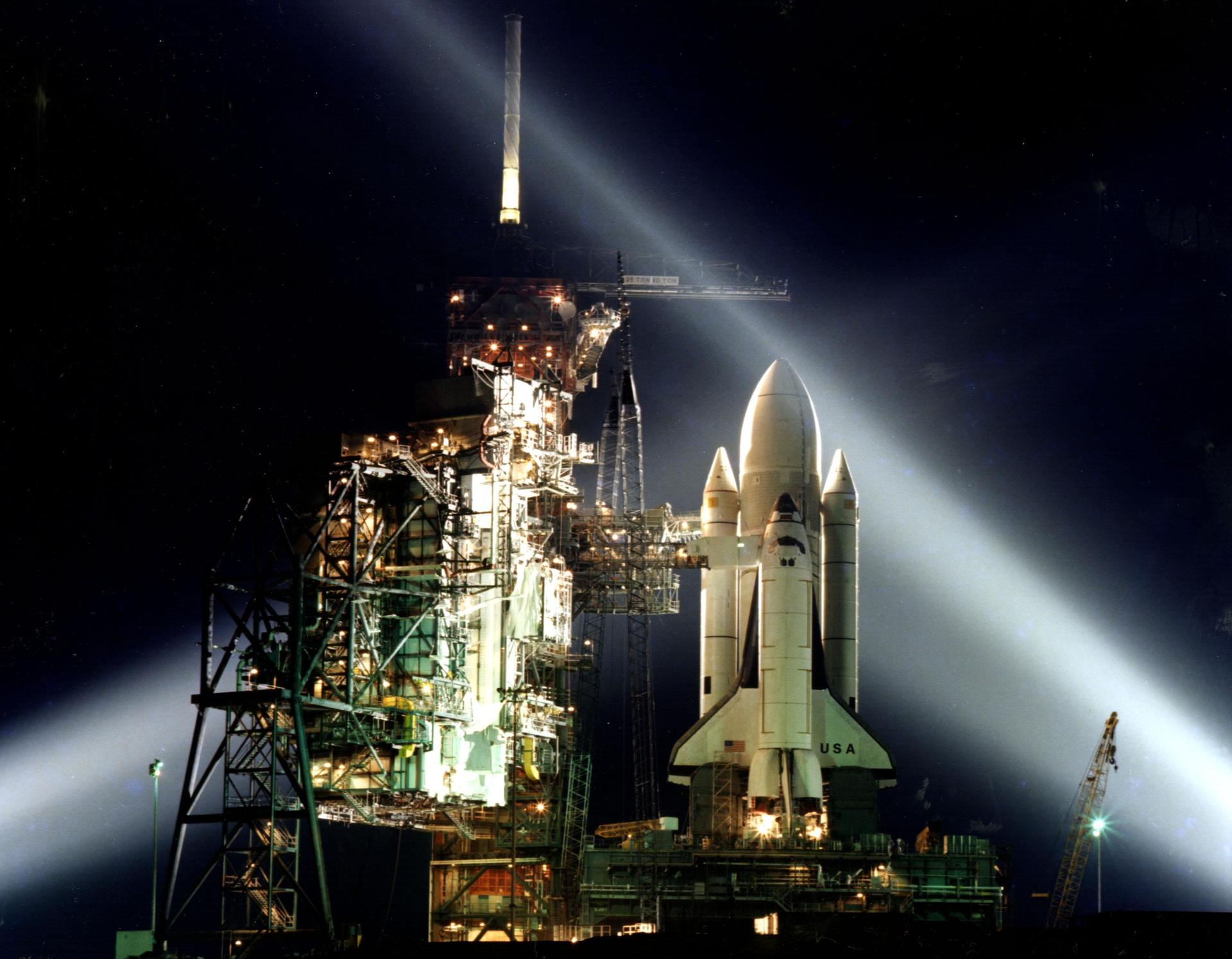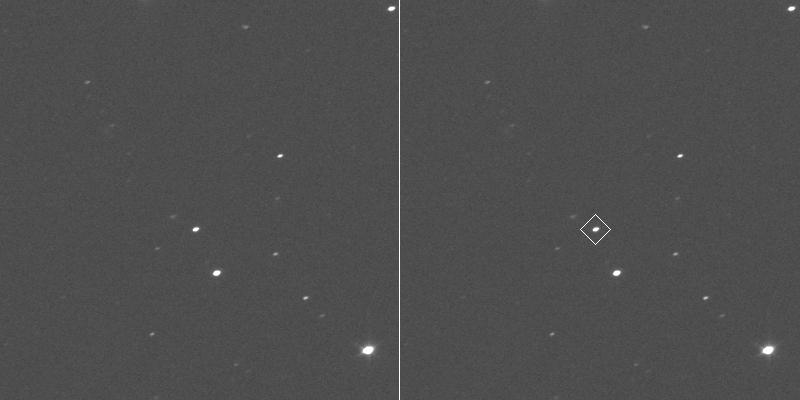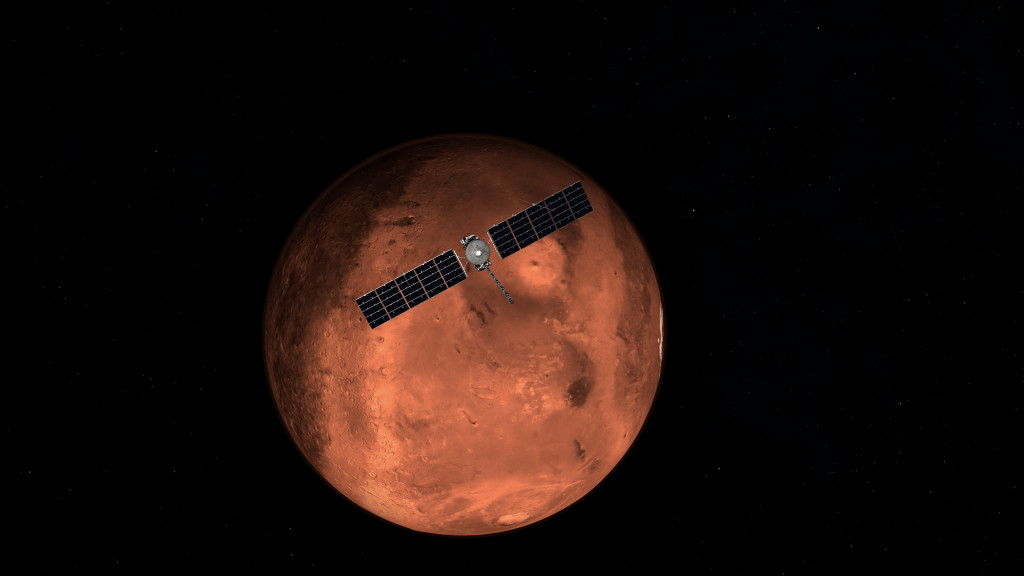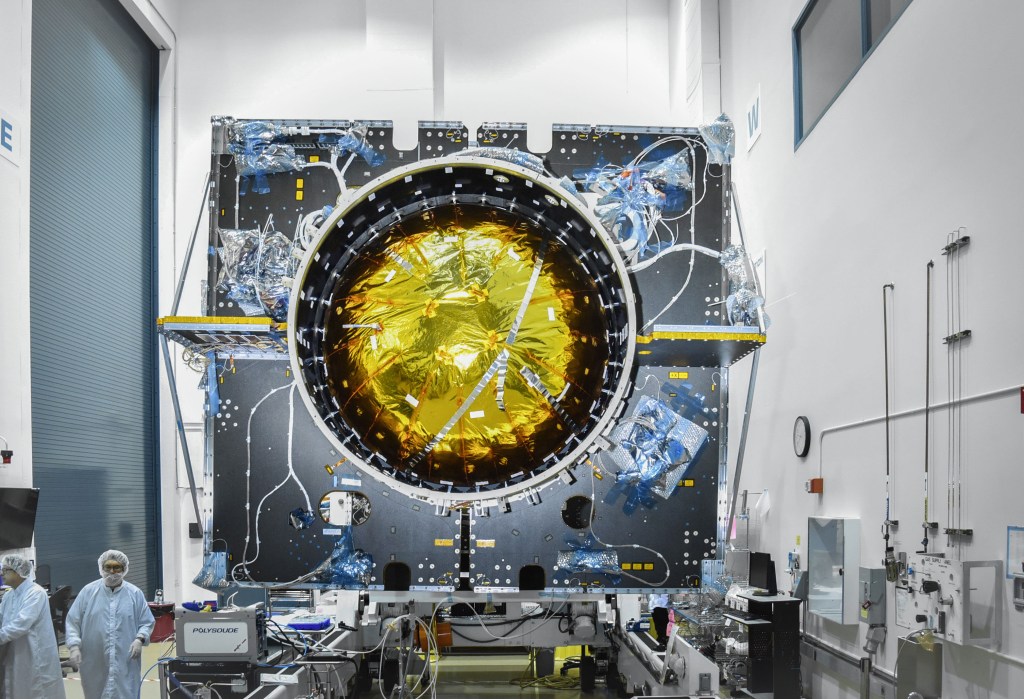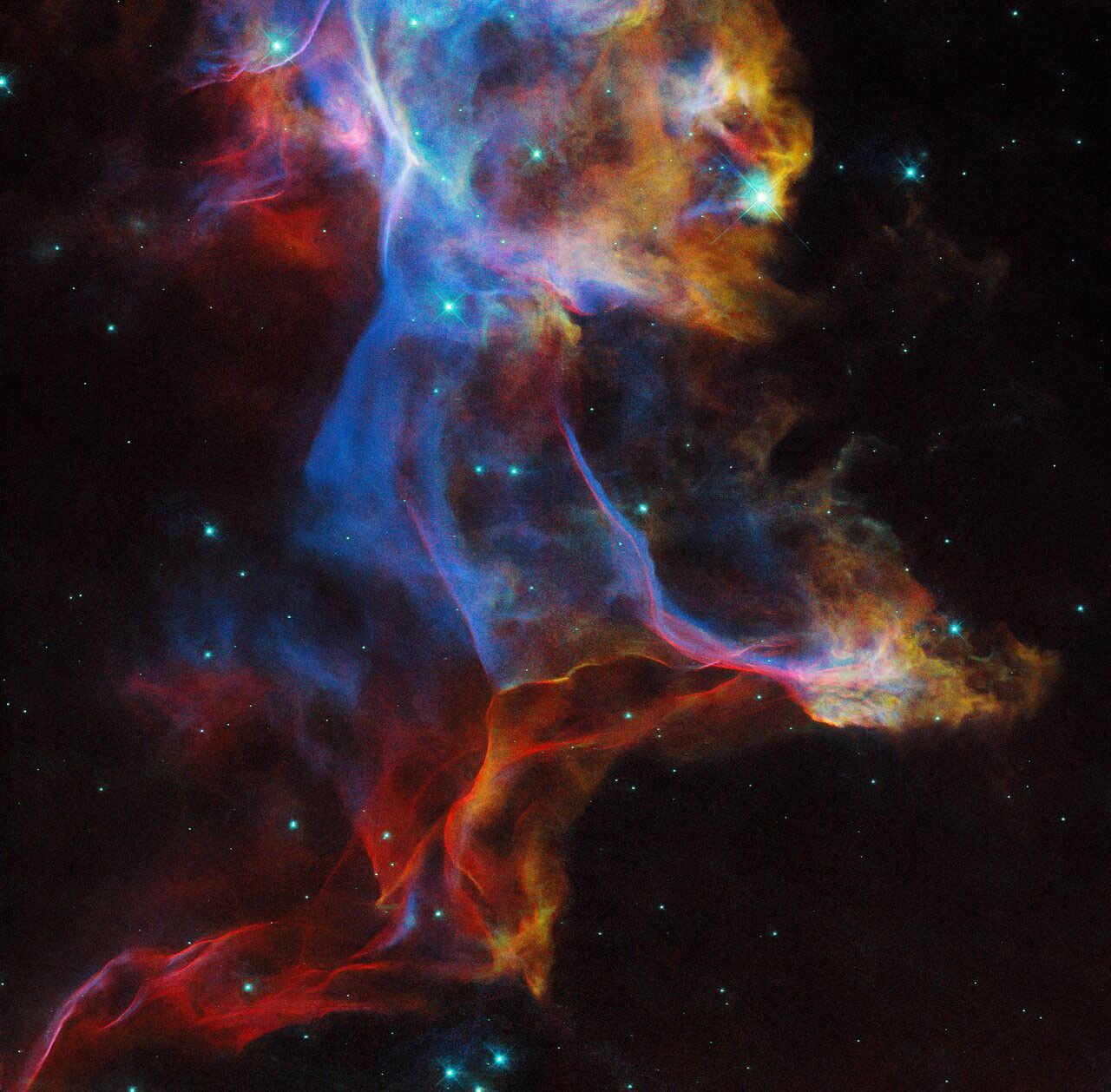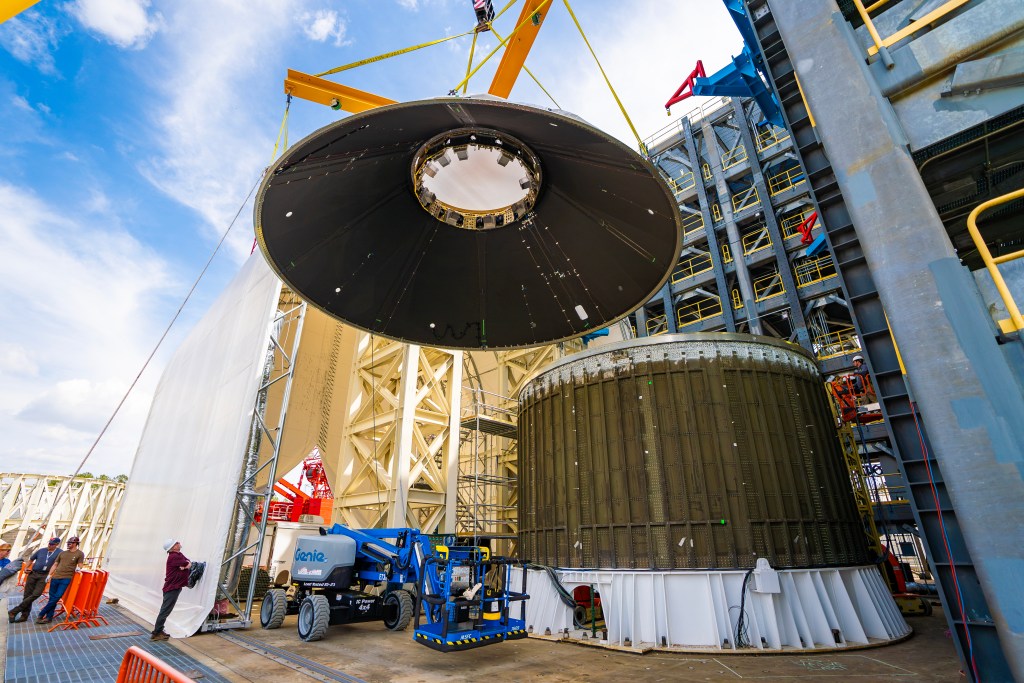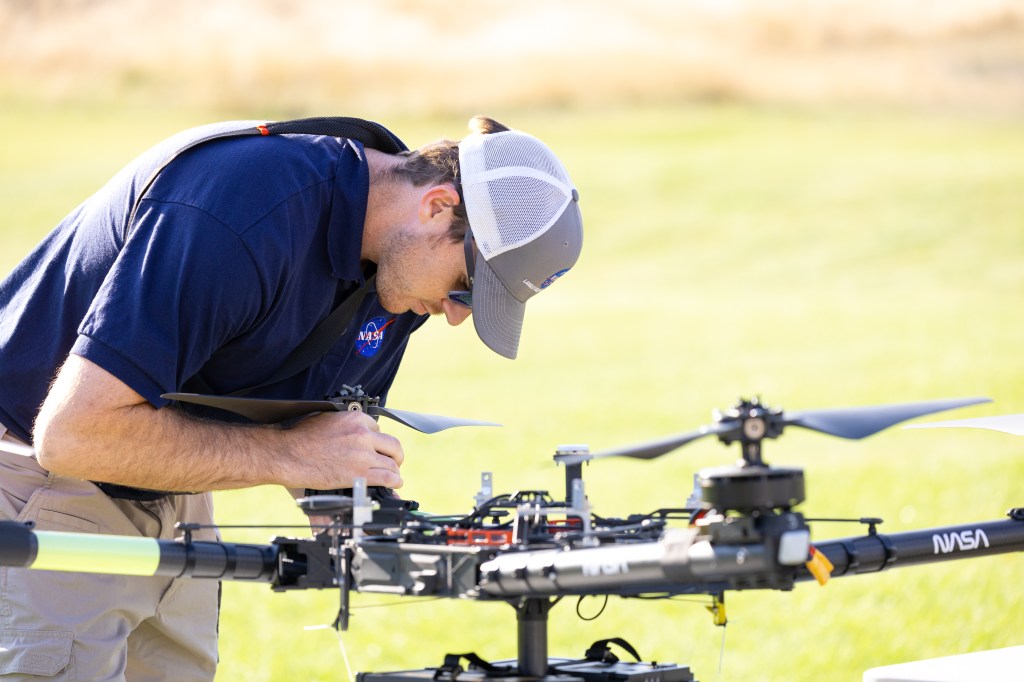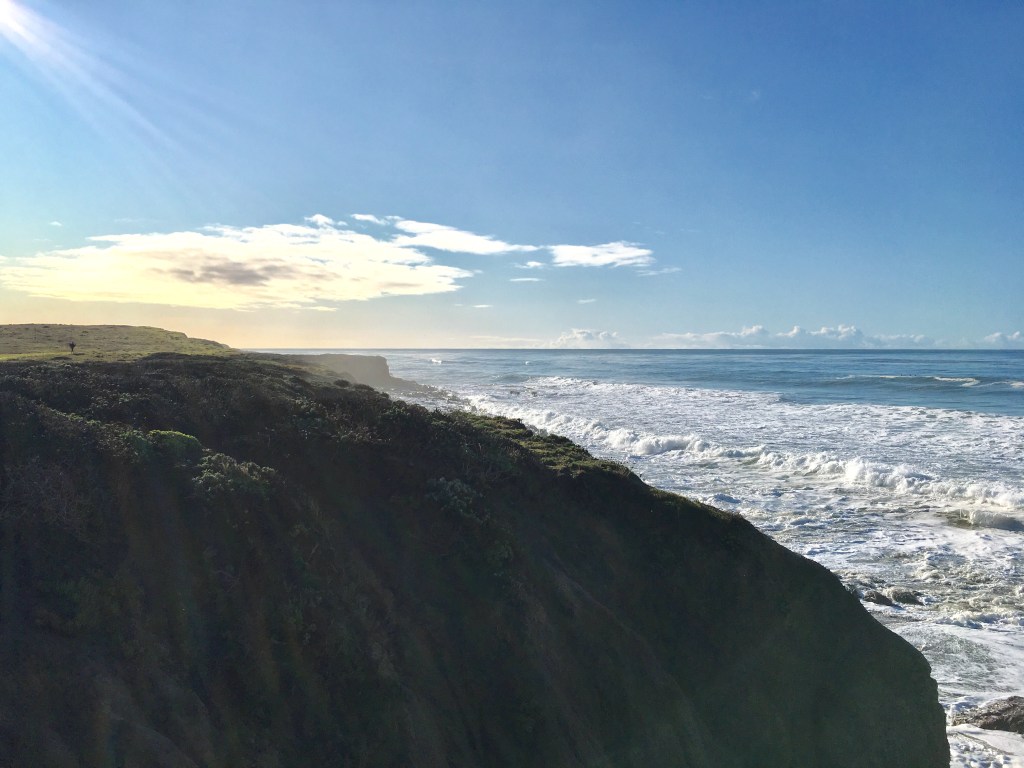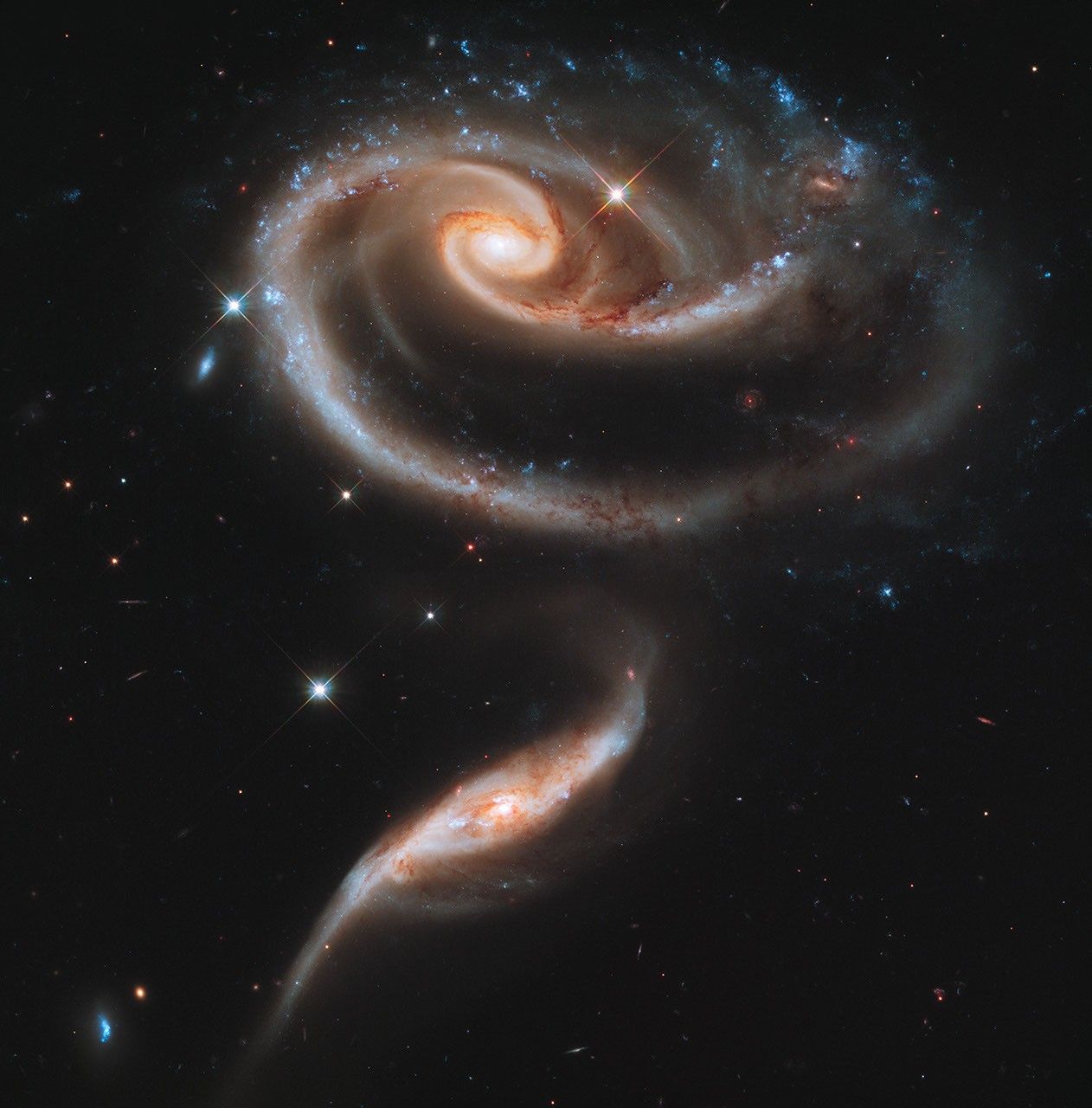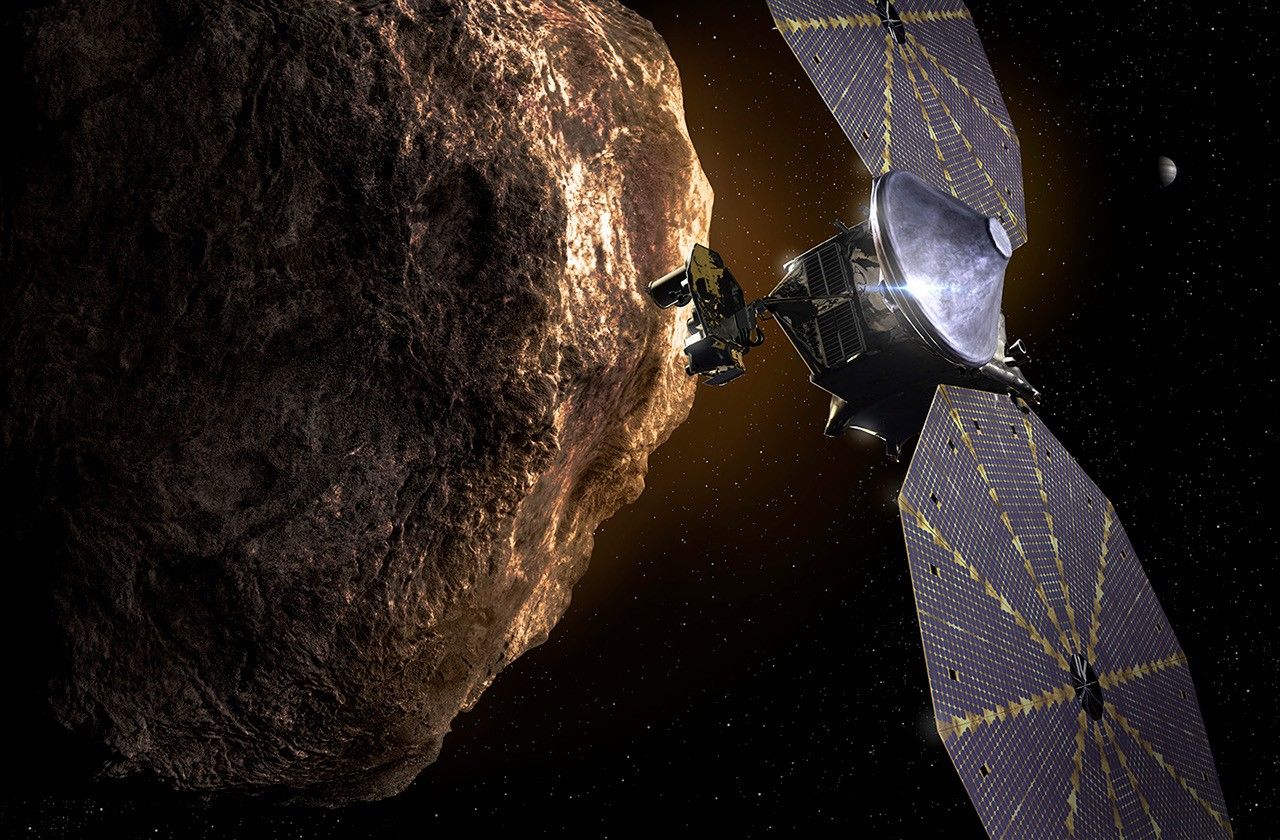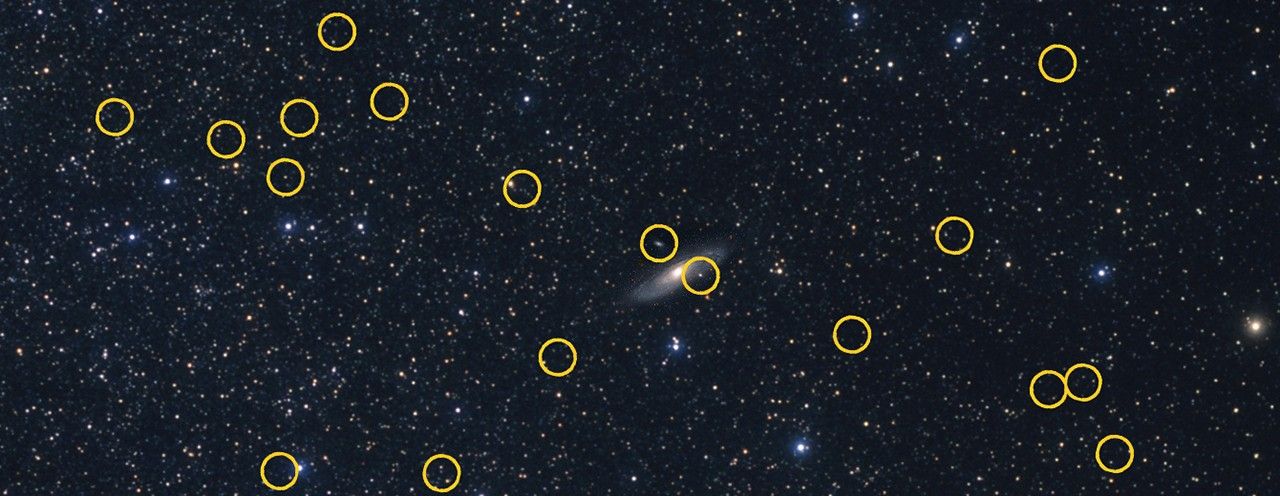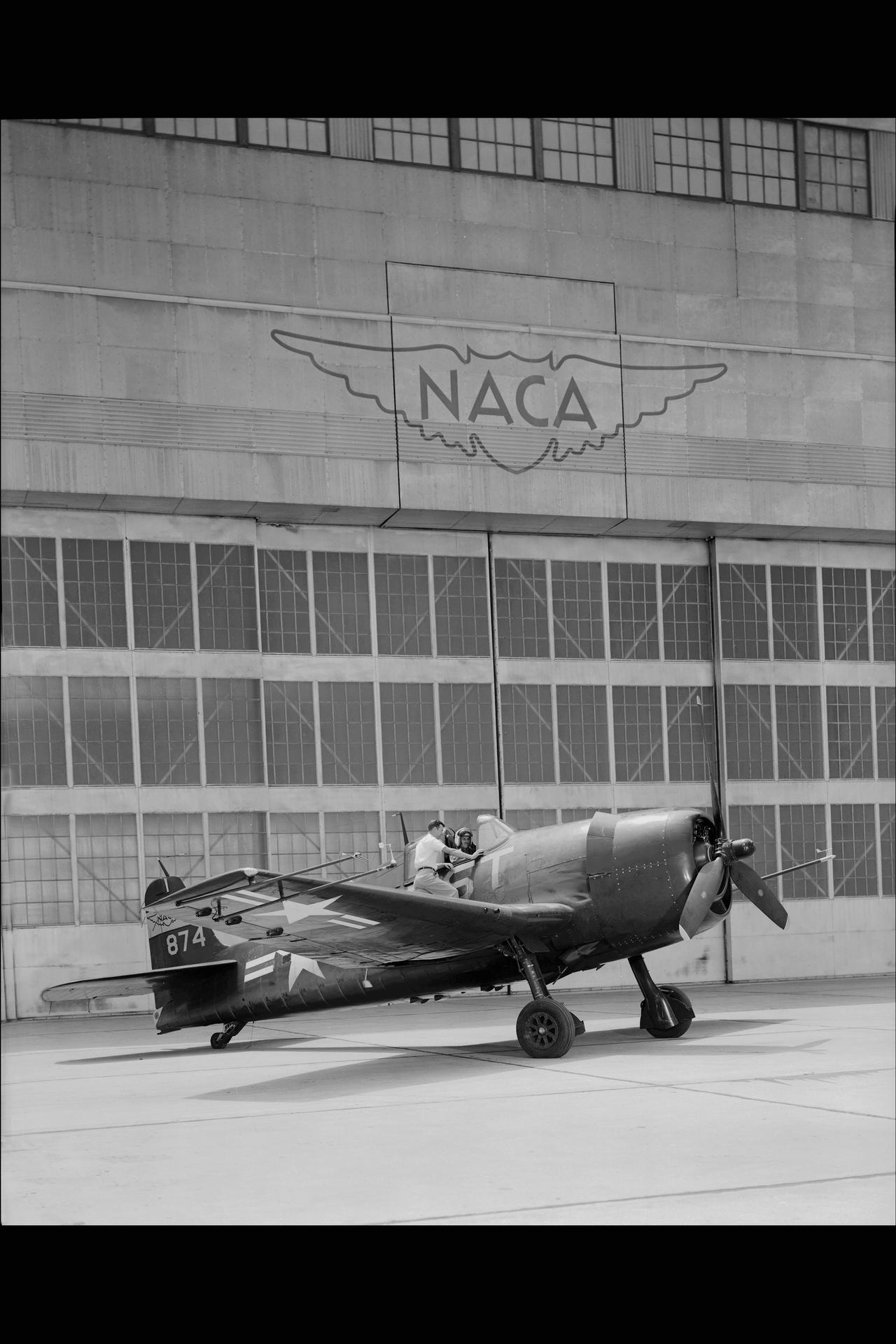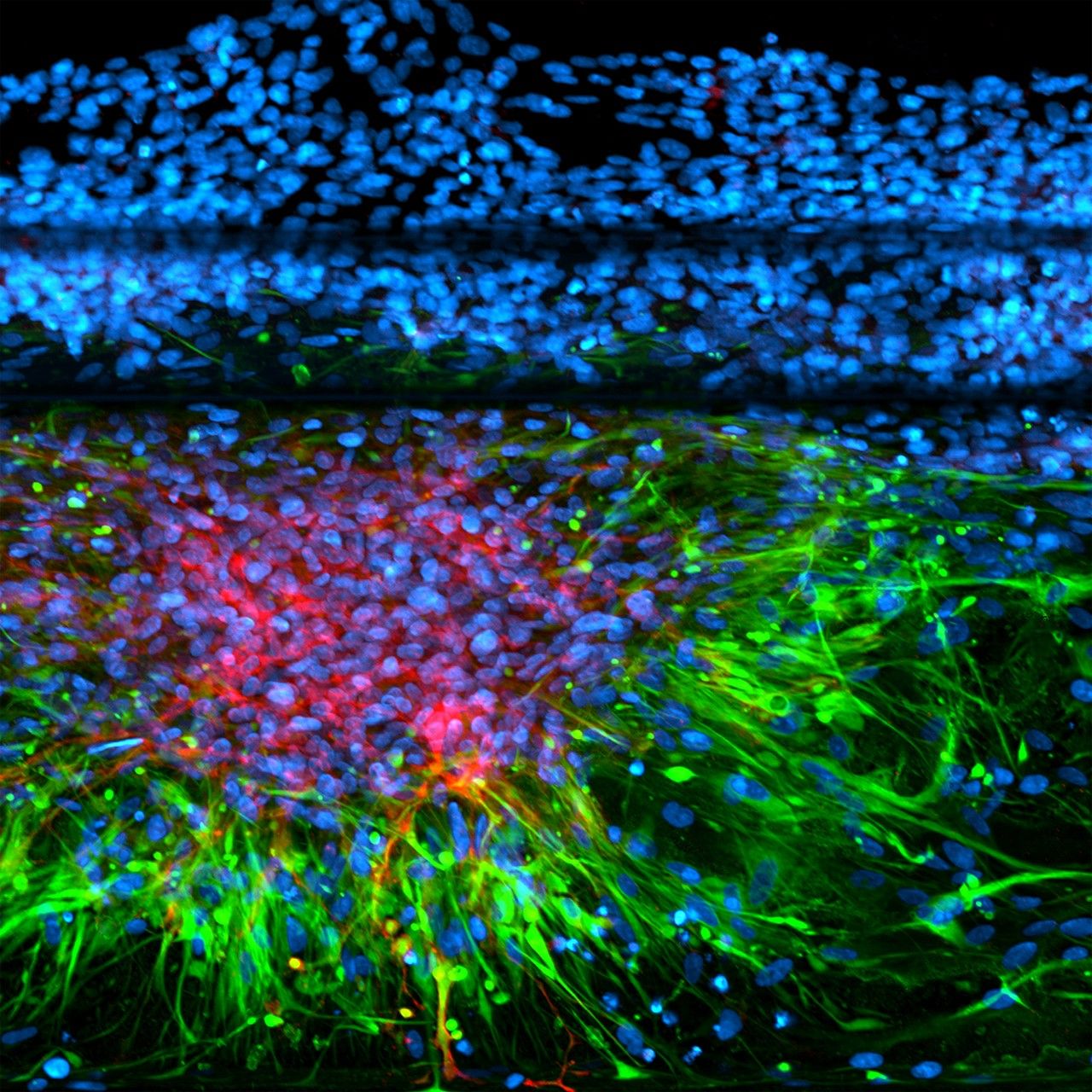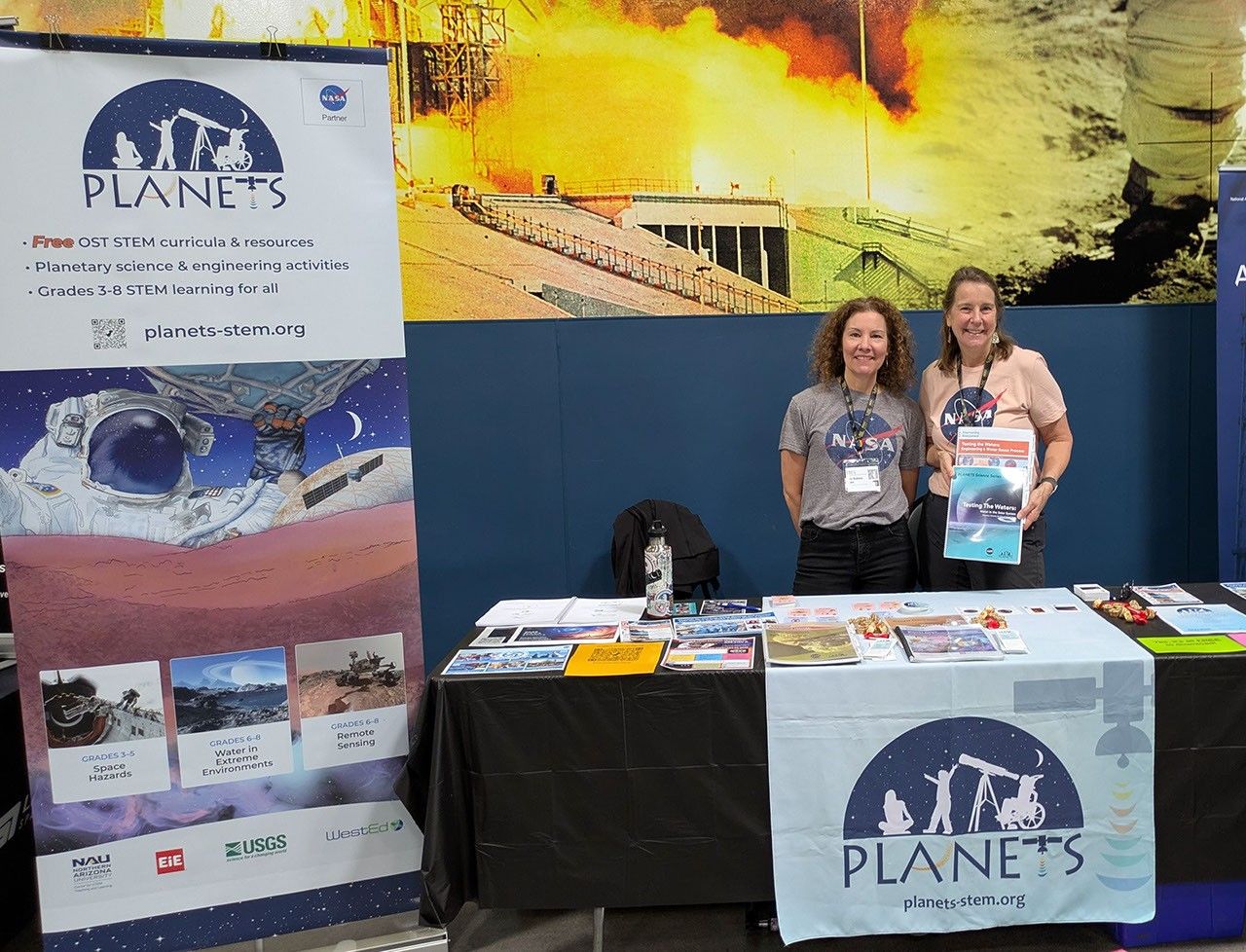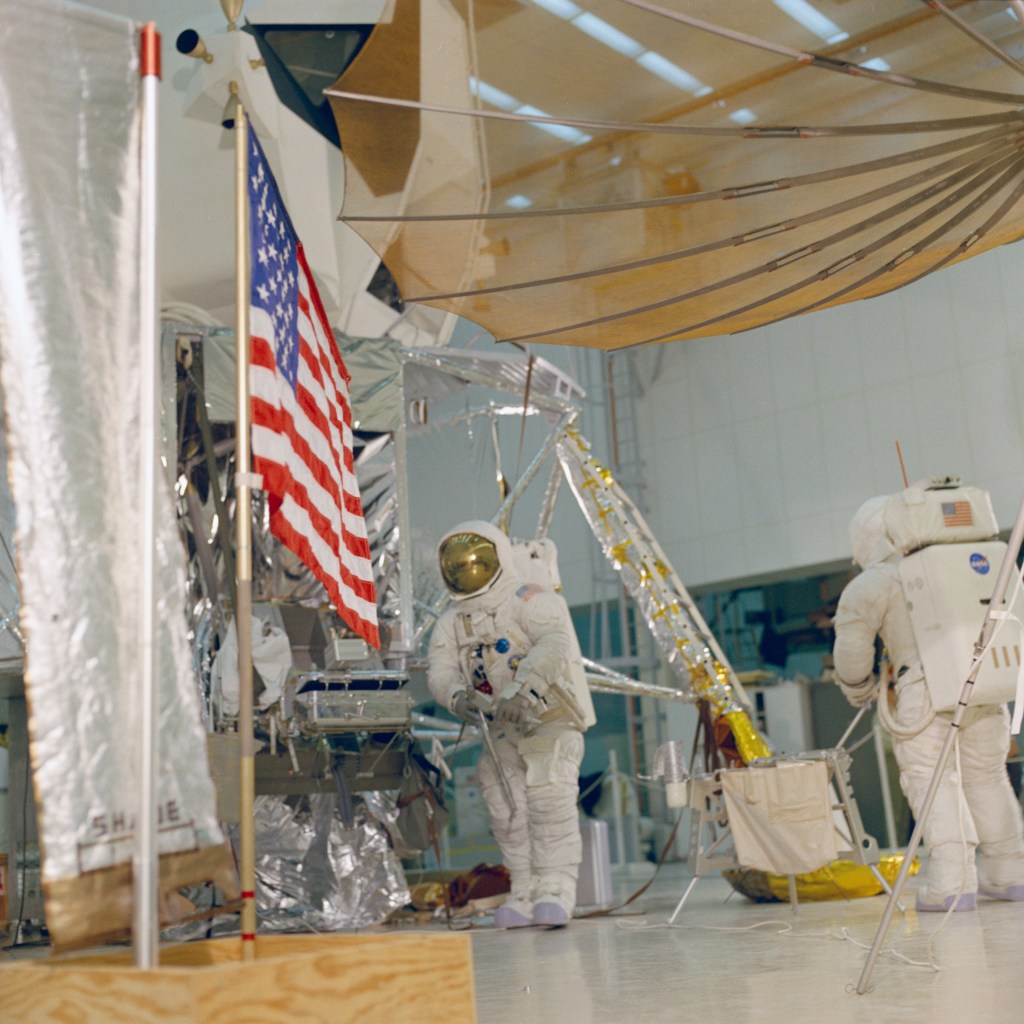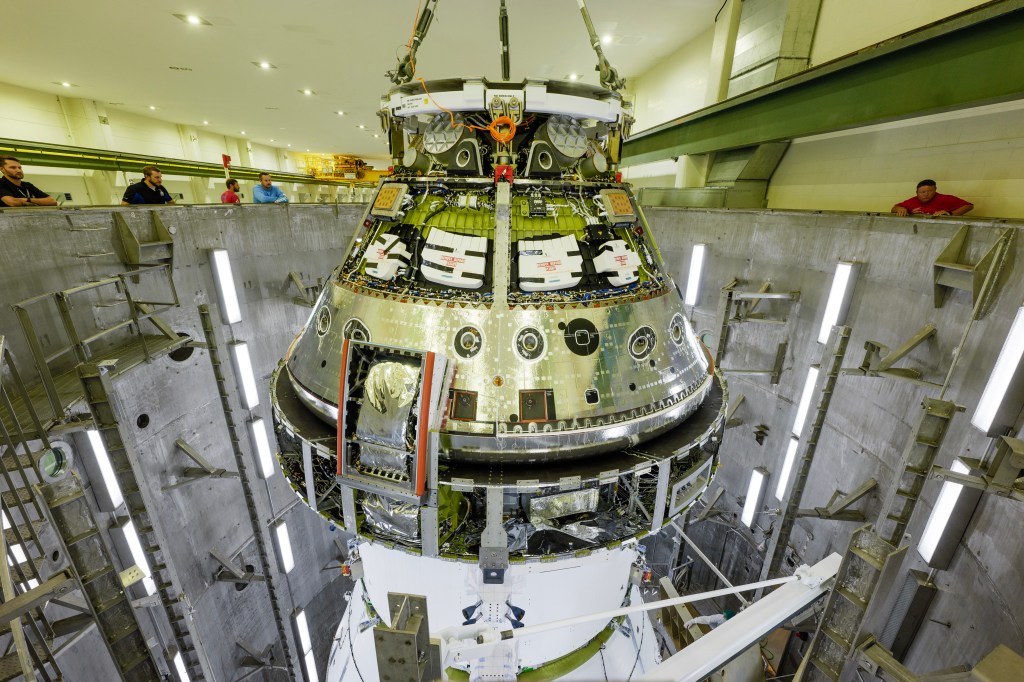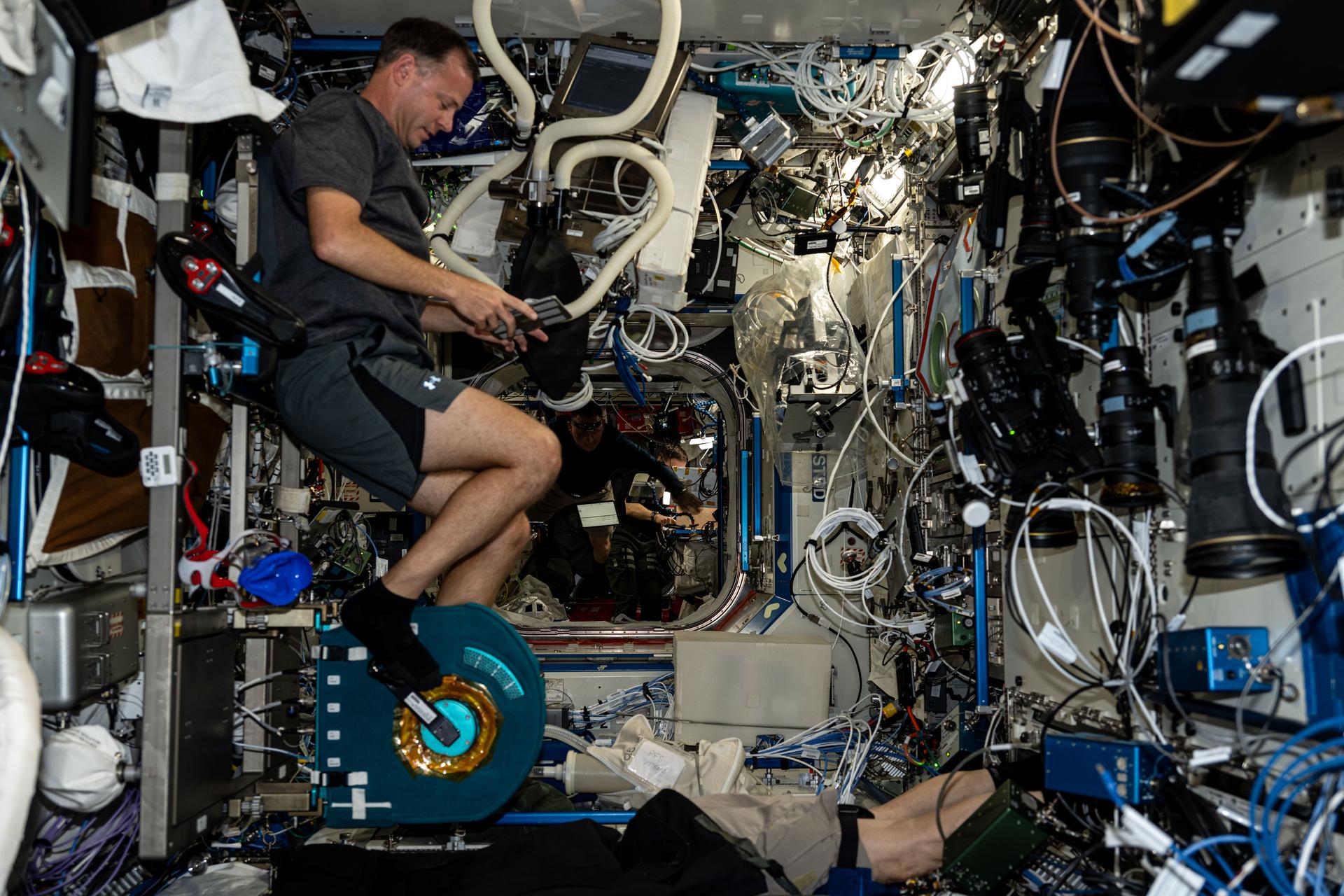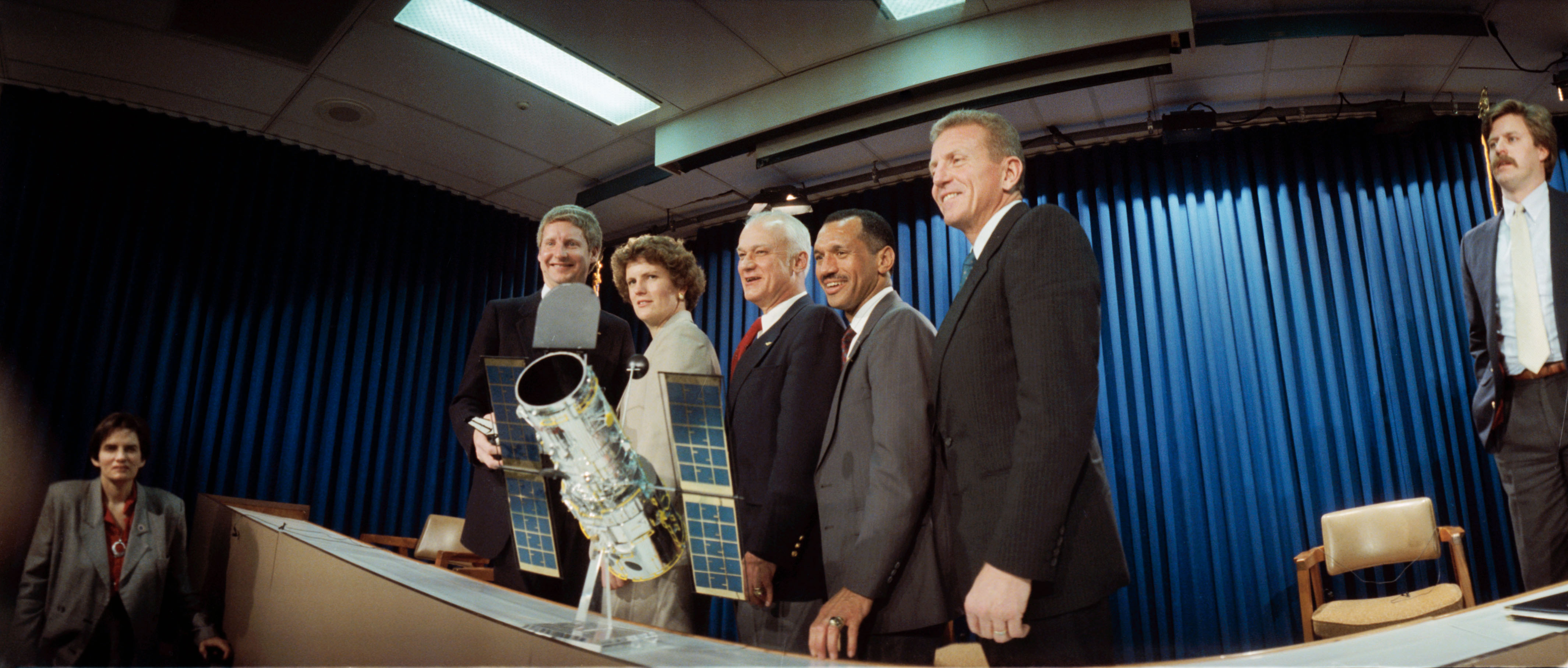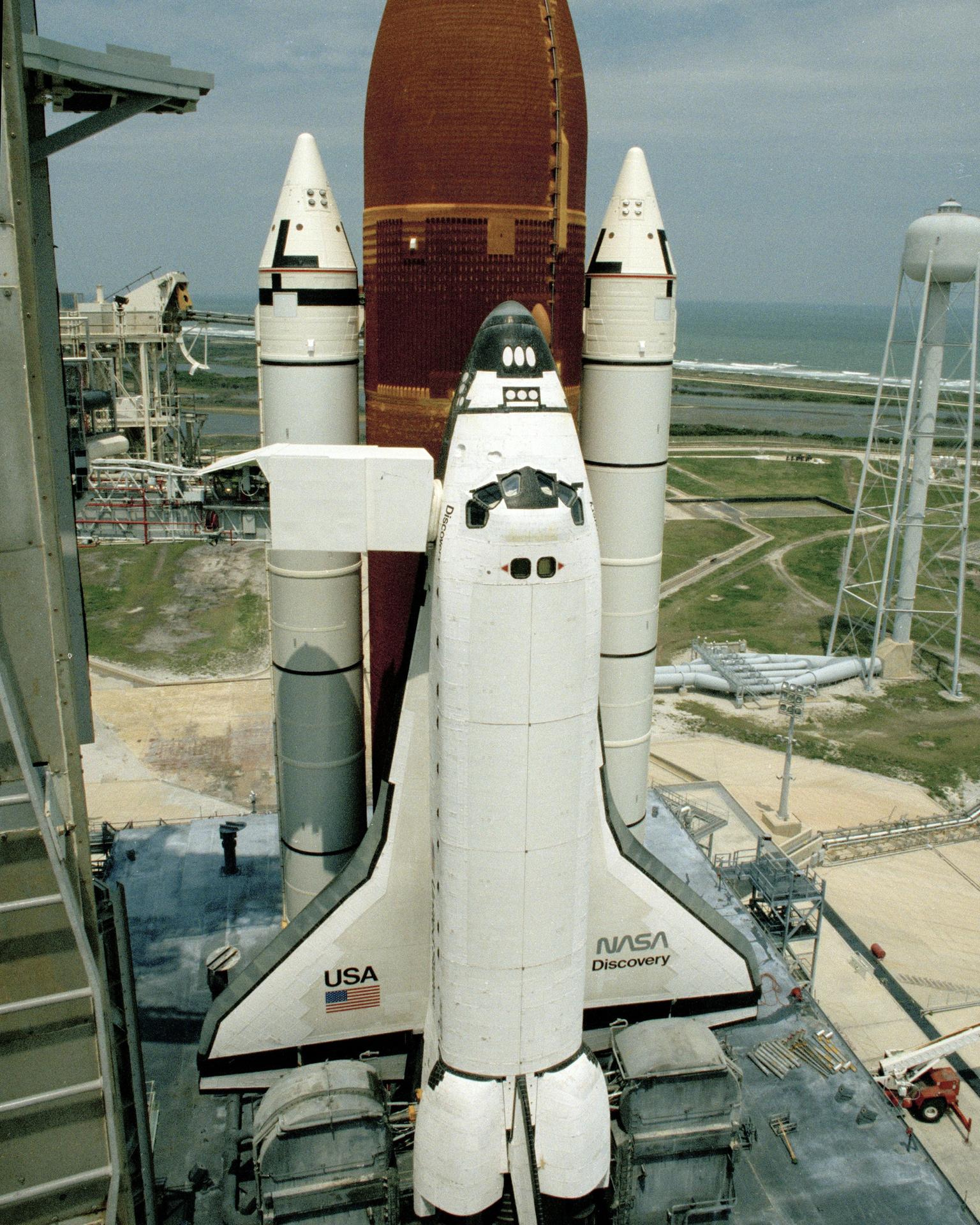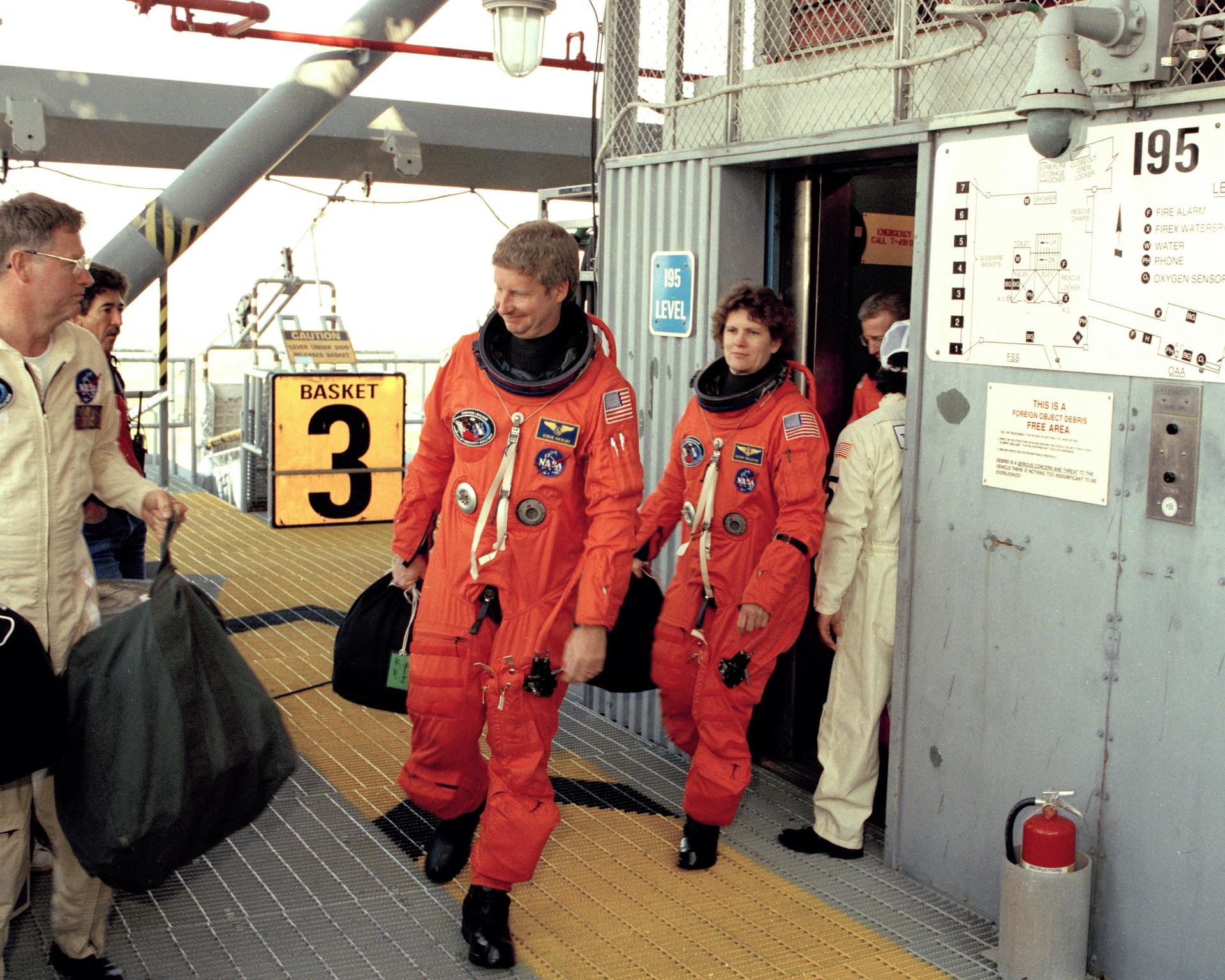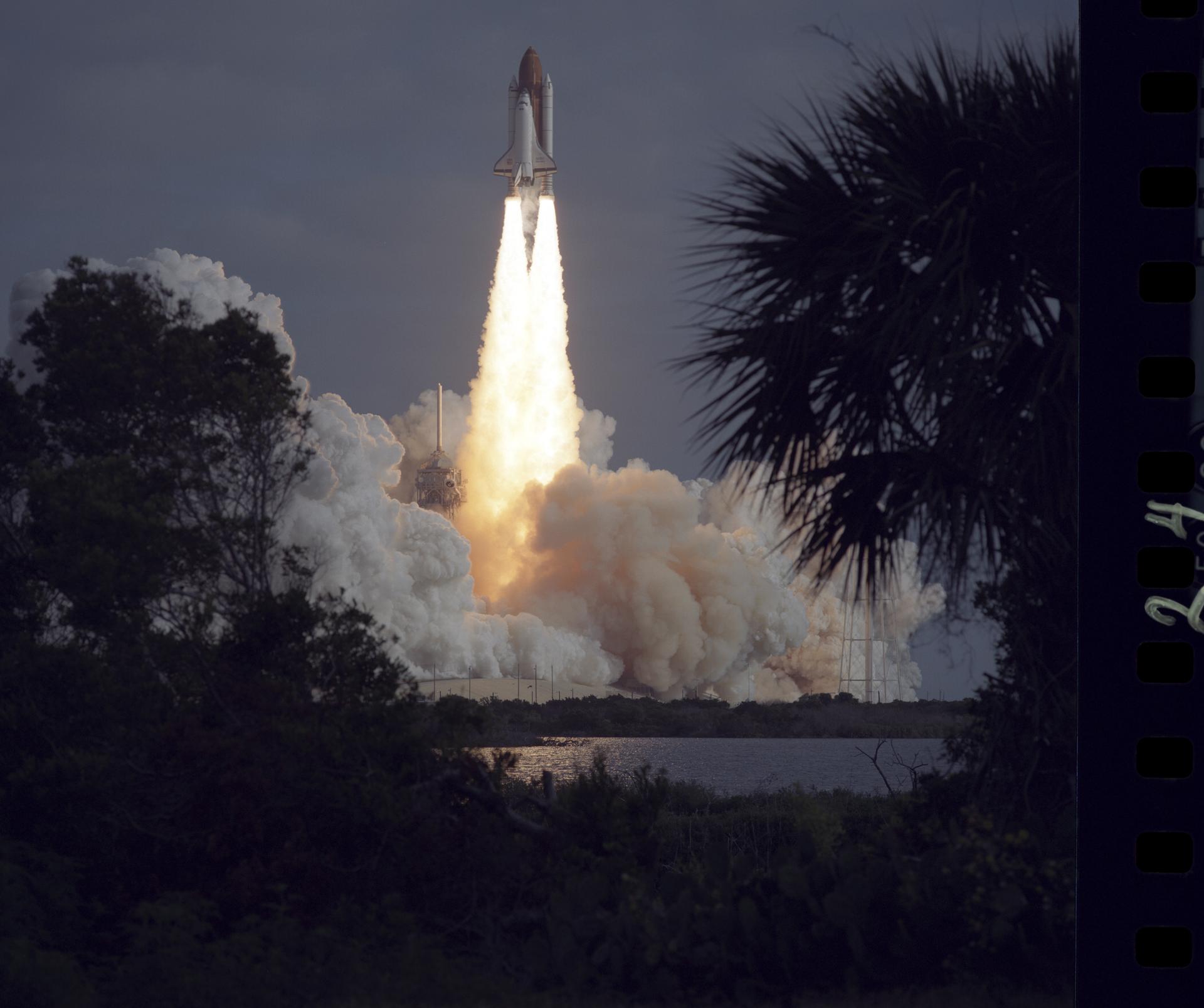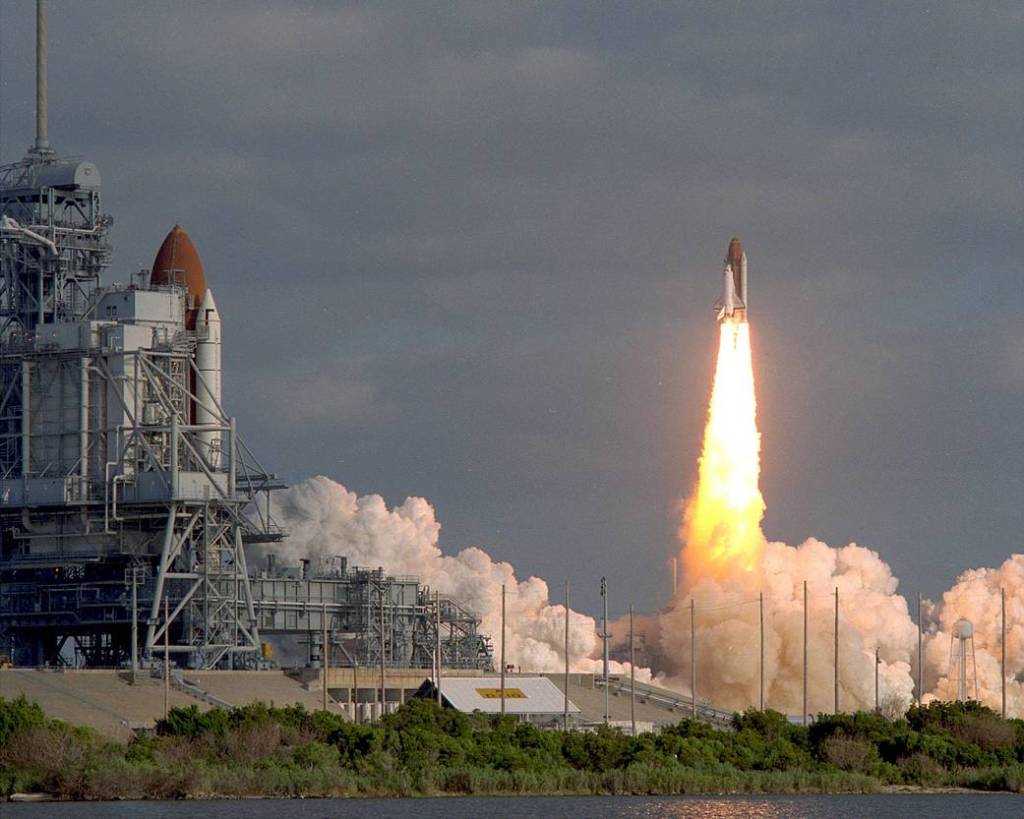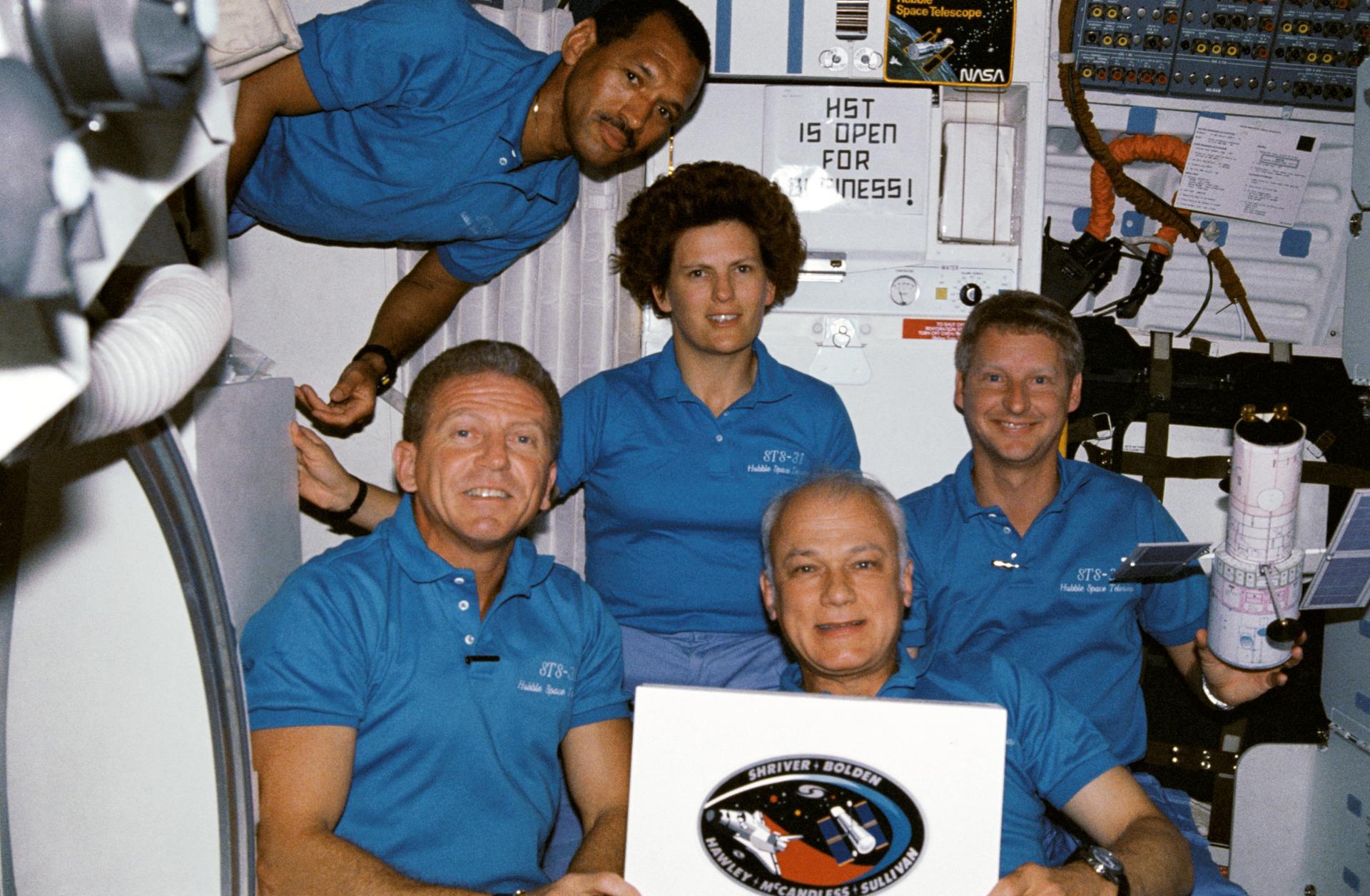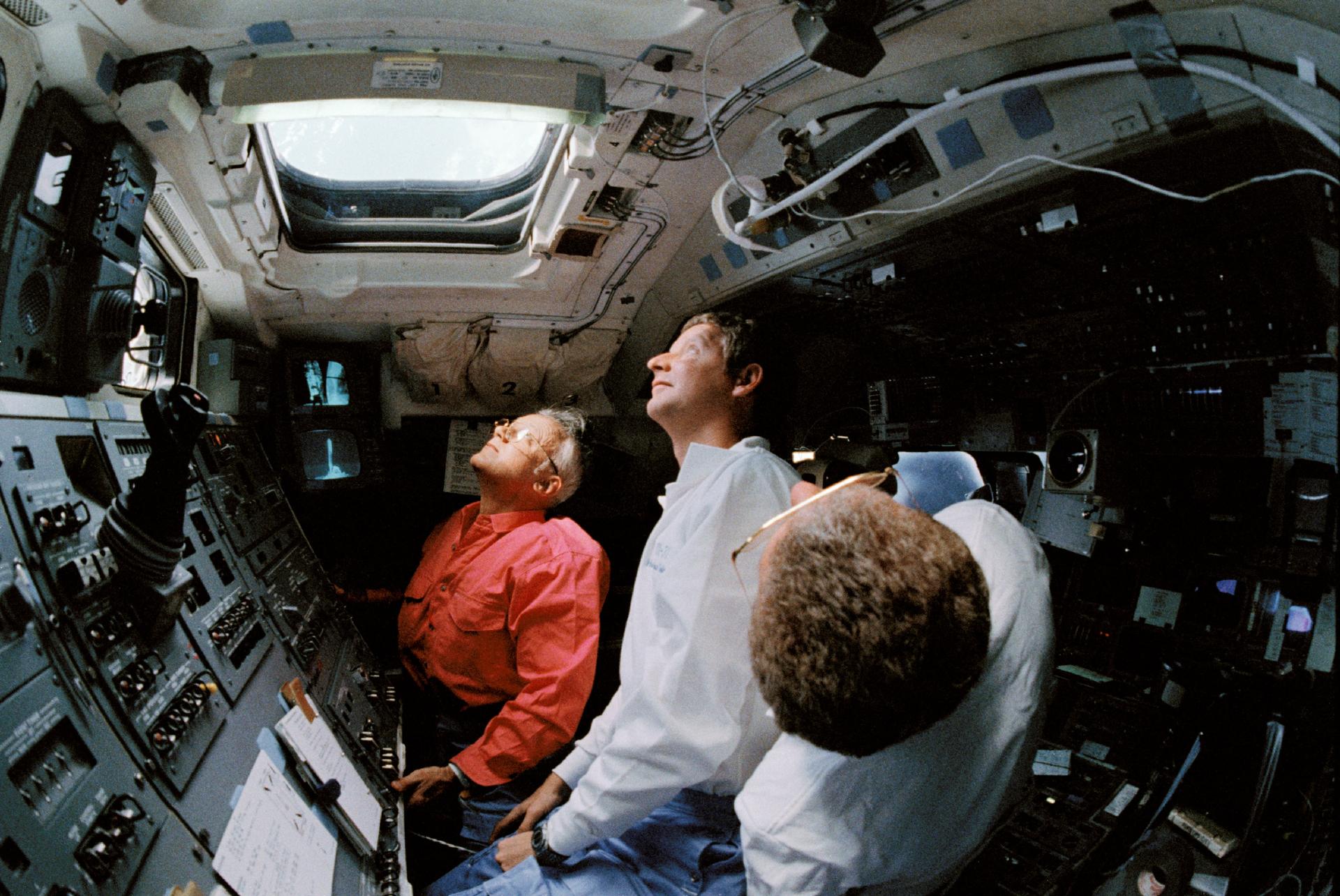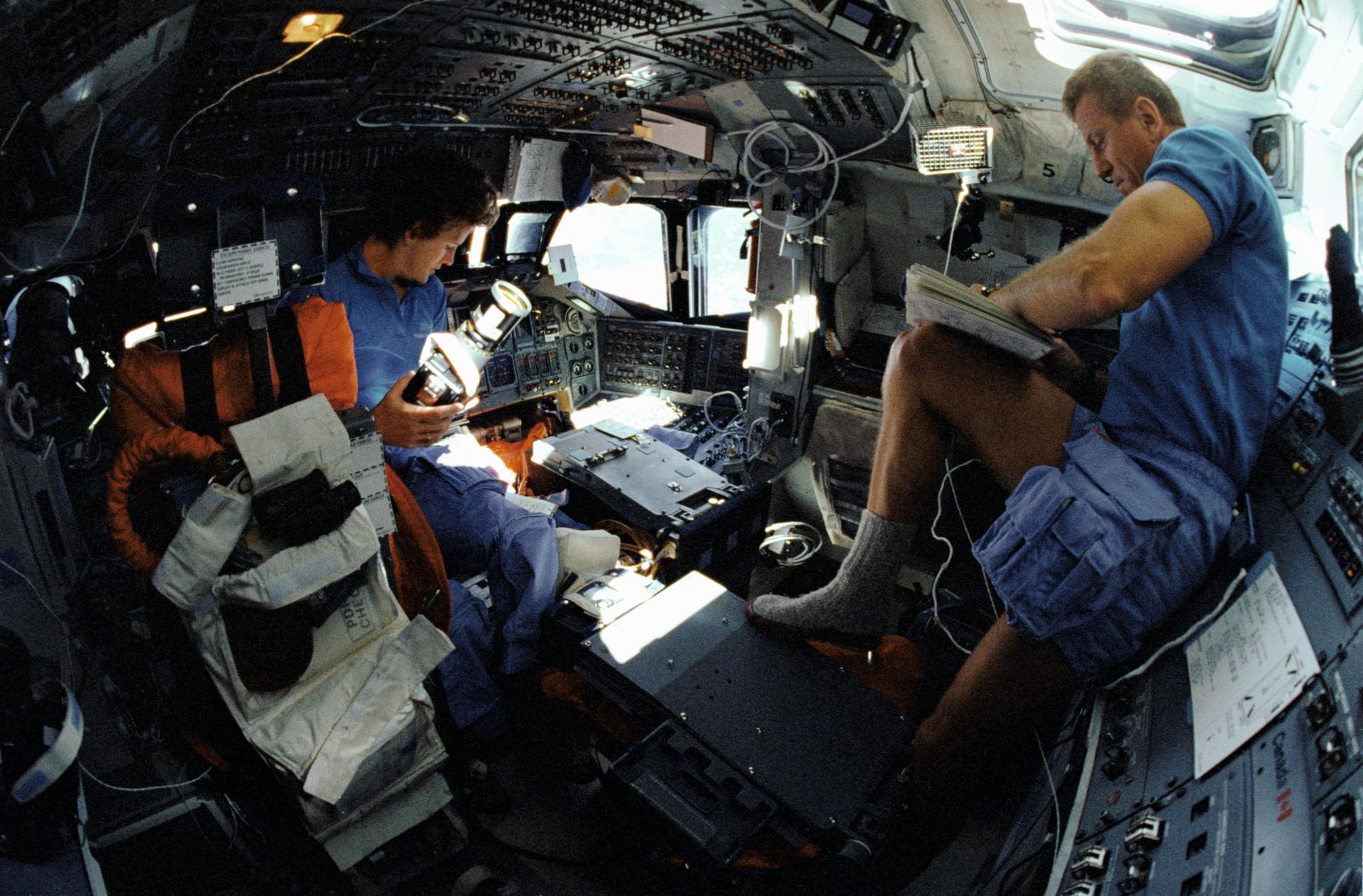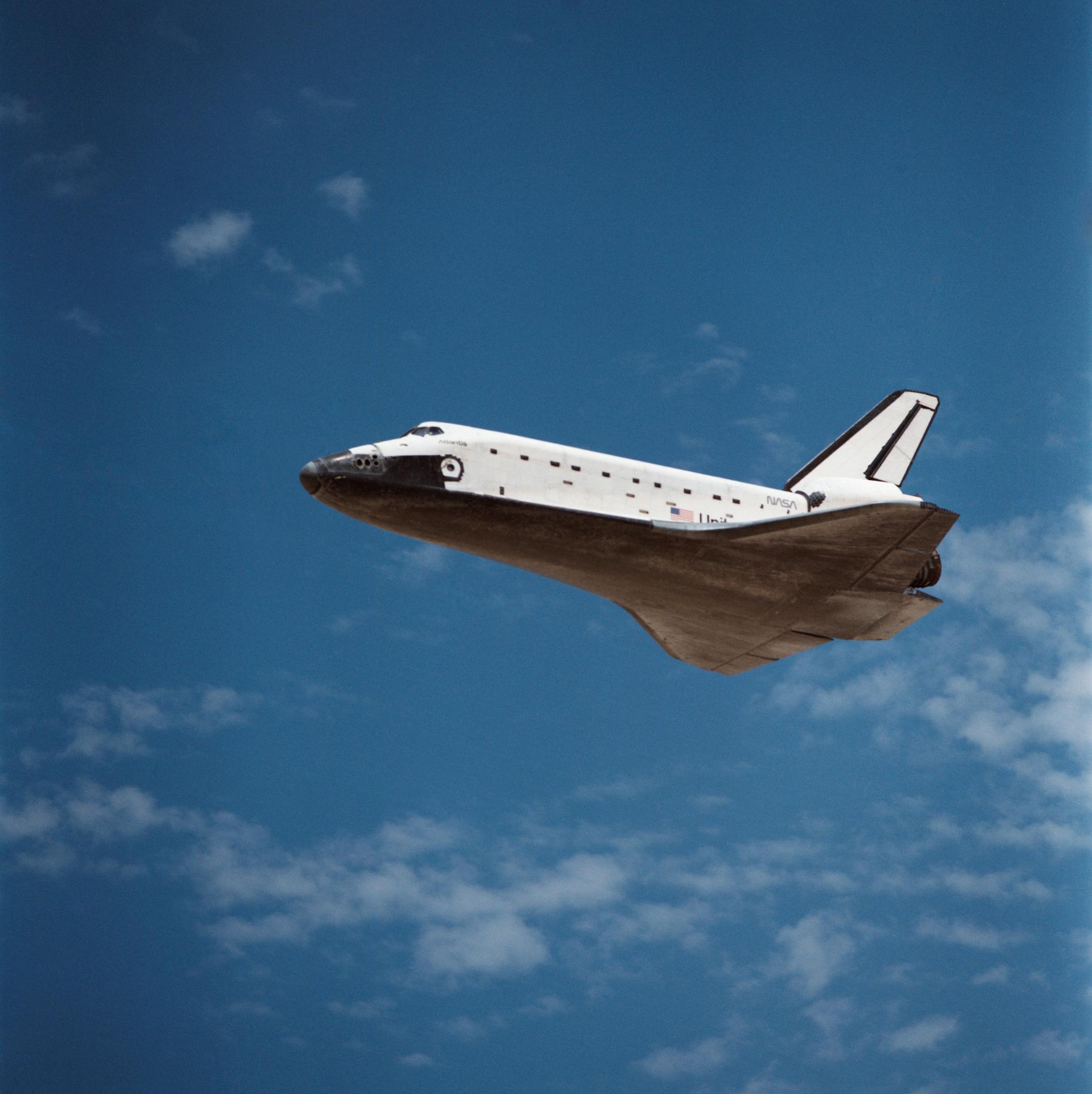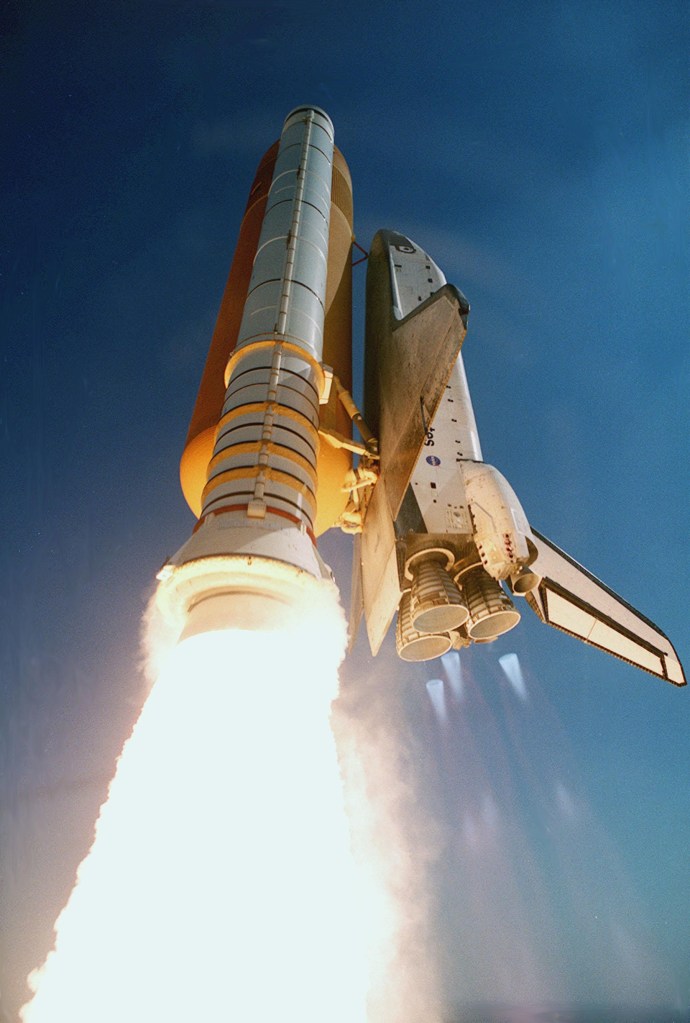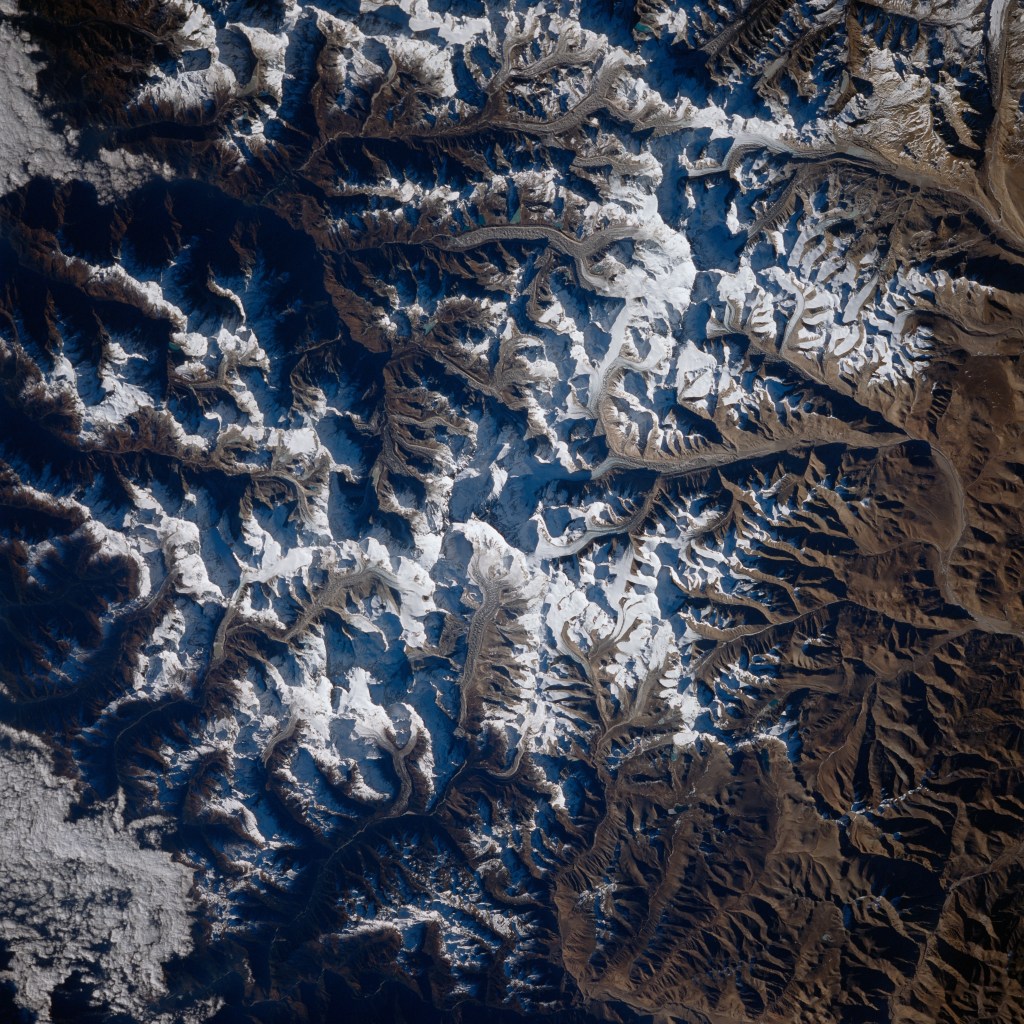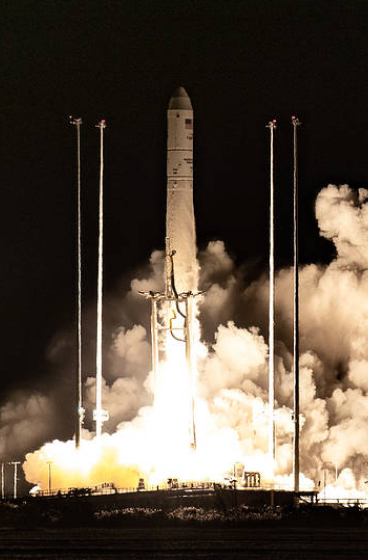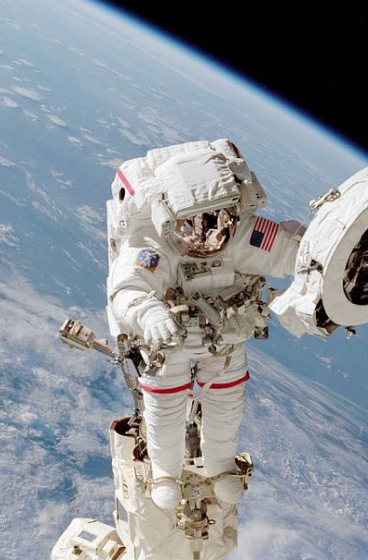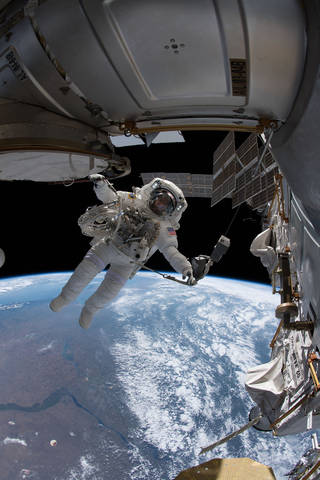
STS-31
The 35th mission of NASA's Space Shuttle program, Discovery launched on April 24, 1990 to deploy the Hubble Space Telescope.
orbiter
mission duration
Launch
Landing
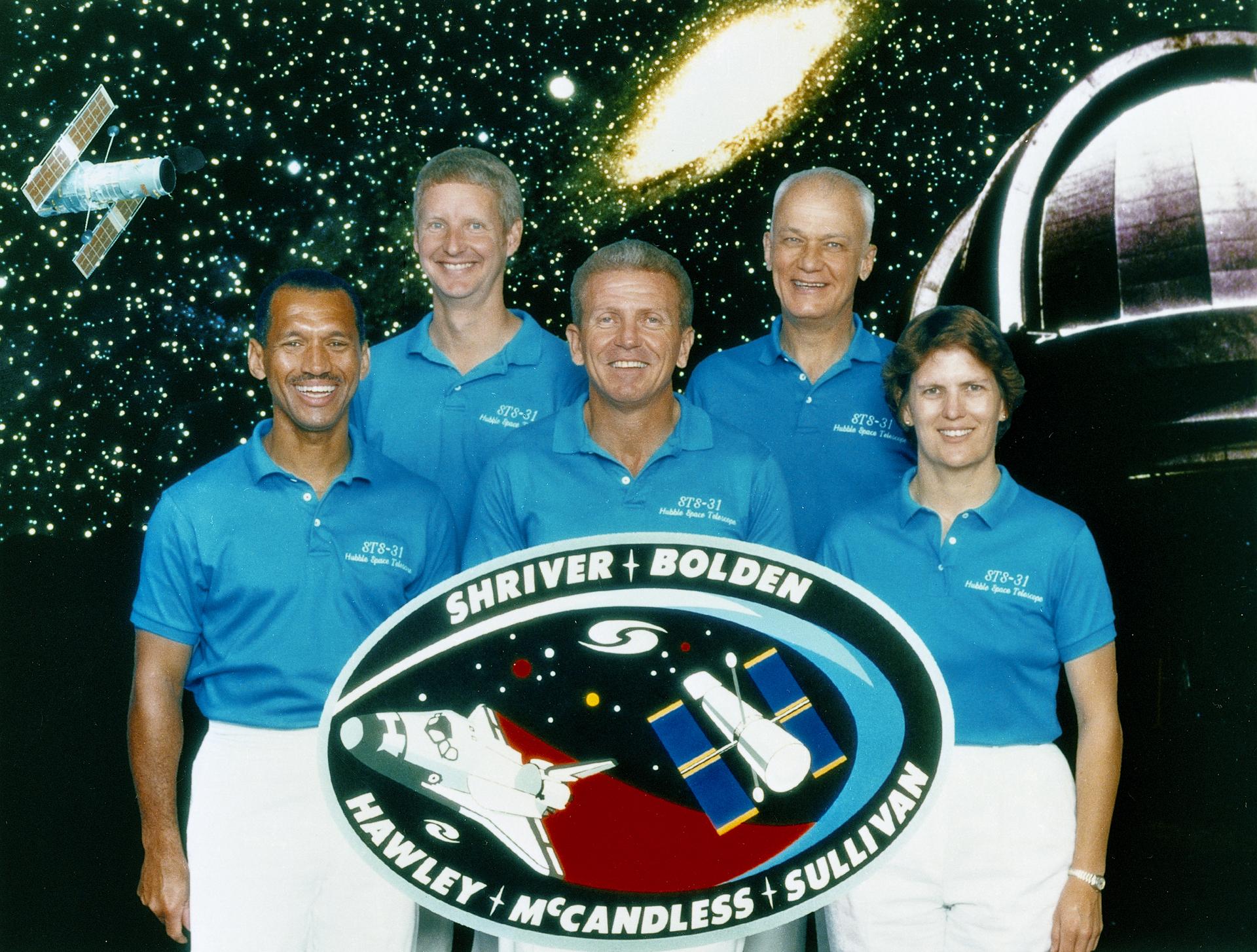
STS-31 Mission Facts
Mission: Hubble Space Telescope Deploy
Space Shuttle: Discovery
Launch Pad: 39B
Launch Weight: 249,109 pounds
Launched: April 24, 1990, 8:33:51 a.m. EDT
Landing Site: Edwards Air Force Base, Calif.
Landing: April 29, 1990, 6:49:57 a.m. PDT
Landing Weight: 189,118 pounds
Runway: 22
Rollout Distance: 8,874 feet
Rollout Time: 61 seconds
Revolution: 80
Mission Duration: 5 days, 1 hour, 16 minutes, 6 seconds
Returned to KSC: May 7, 1990
Orbit Altitude: 330 nautical miles
Orbit Inclination: 28.45 degrees
Miles Traveled: 2.1 million
Crew
Loren J. Shriver, Commander
Charles F. Bolden Jr., Pilot
Steven A. Hawley, Mission Specialist
Bruce McCandless II, Mission Specialist
Kathryn D. Sullivan, Mission Specialist
Launch Highlights
The launch was scheduled for April 18, then April 12, then April 10, following the Flight Readiness Review (FRR). The first date set at FRR was earlier than that shown on previous planning schedules. The launch scheduled for April 10 was scrubbed at T-4 minutes due to a faulty valve in auxiliary power unit (APU) number one. The APU was replaced and payload batteries recharged. Countdown briefly halted at T-31 seconds when computer software failed to shut down a fuel valve line on ground support equipment. Engineers ordered valve to shut and countdown continued.
Mission Highlights
The primary payload, Hubble Space Telescope, deployed in a 380-statute-mile orbit. Secondary payloads: IMAX Cargo Bay Camera (ICBC) to document operations outside crew cabin and hand-held IMAX camera for use inside crew cabin; Ascent Particle Monitor (APM) to detect particulate matter in payload bay; Protein Crystal Growth (PCG) to provide data on growing protein crystals in microgravity; Radiation Monitoring Equipment III (RME III) to measure gamma ray levels in crew cabin; Investigations into Polymer Membrane Processing (IPMP) to determine porosity control in microgravity environment; Shuttle Student Involvement Program (SSIP) experiment to study effects of near-weightlessness on electrical arcs, and Air Force Maui Optical Site (AMOS) experiment.
Hubble Space Telescope
Launched on April 24, 1990 aboard Space Shuttle Discovery, NASA’s Hubble Space Telescope was just beginning its three decades of unprecedented exploration.
Explore Deployment Details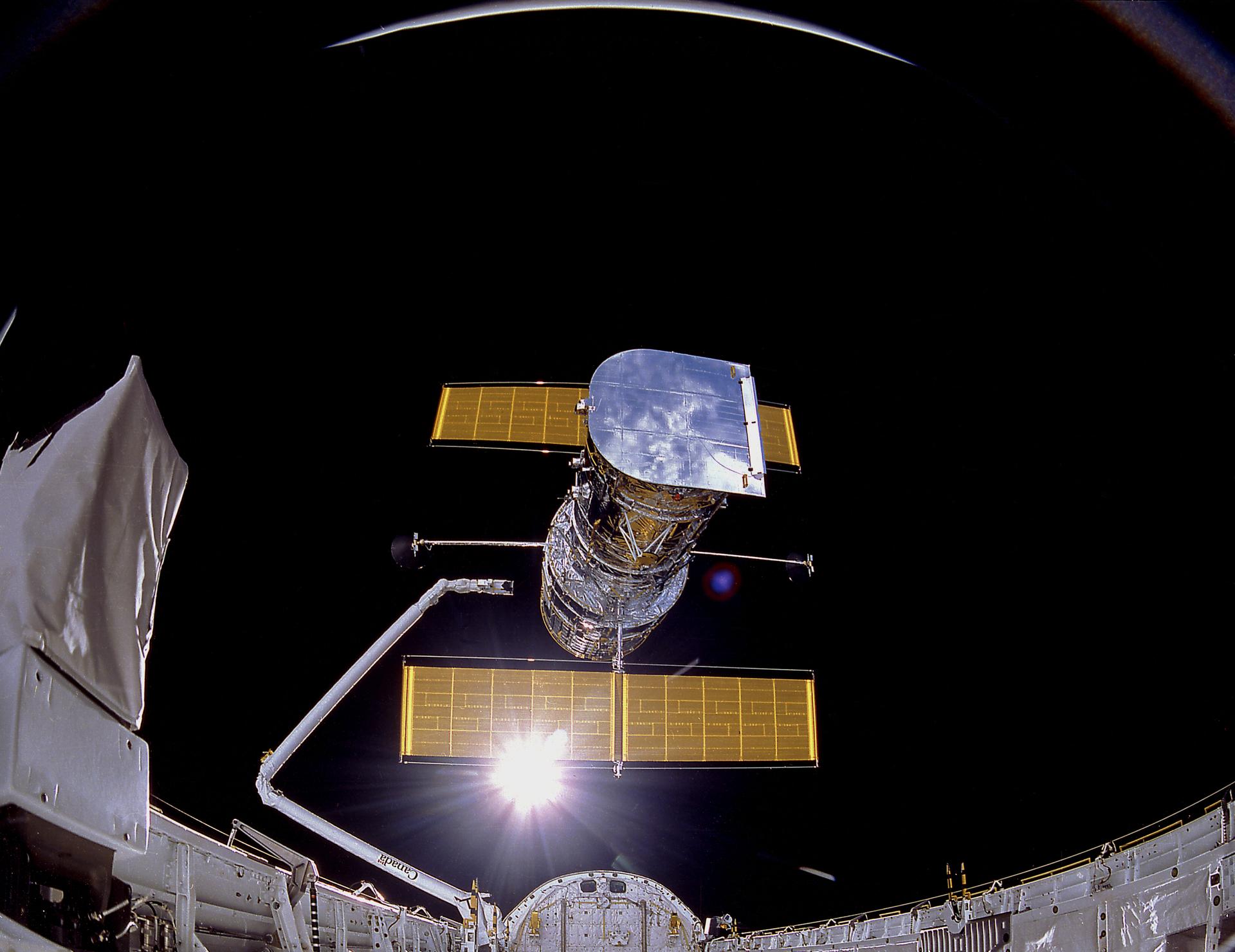
STS-31
Shuttle News
Retired Space Shuttle Locations
Shuttle Atlantis – Kennedy Space Center Visitor Complex Shuttle Discovery – Steven F. Udvar-Hazy Center Shuttle Endeavour – California Science…
Read the Story